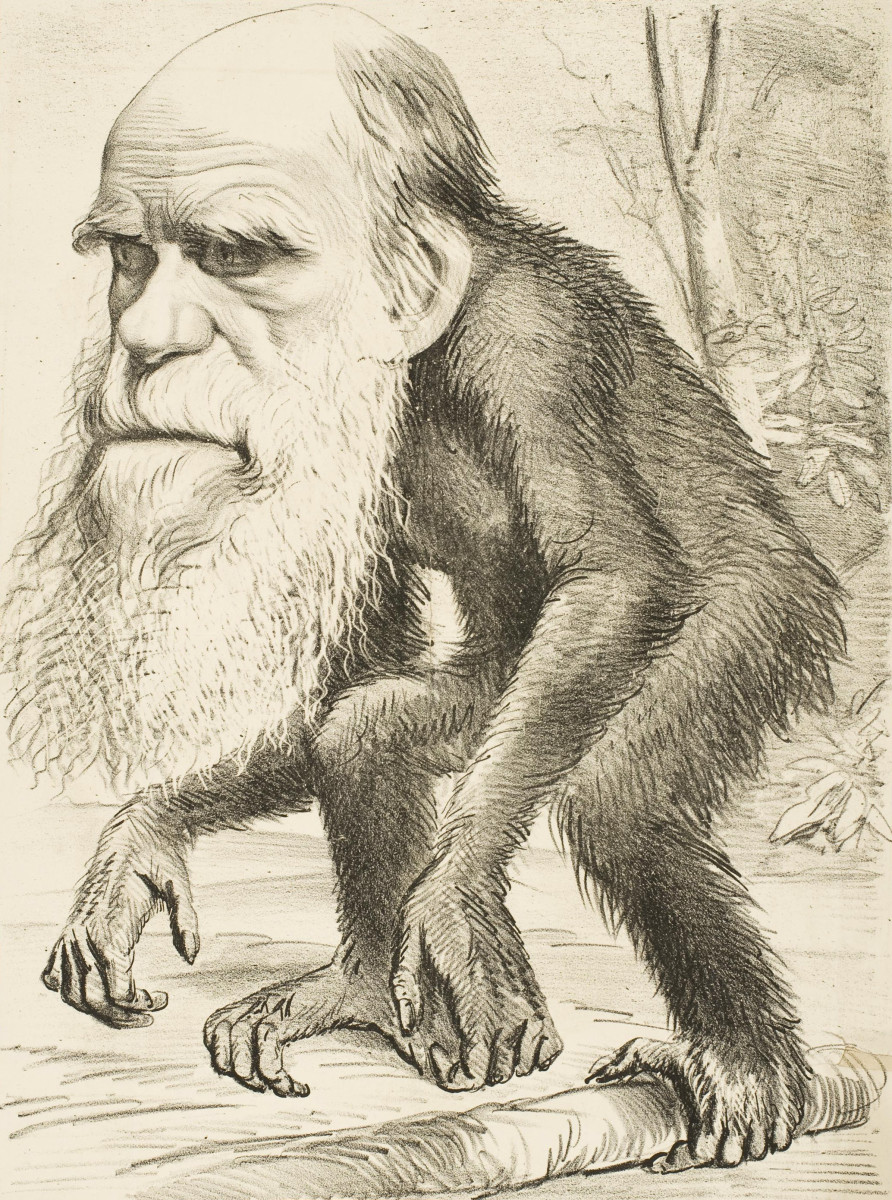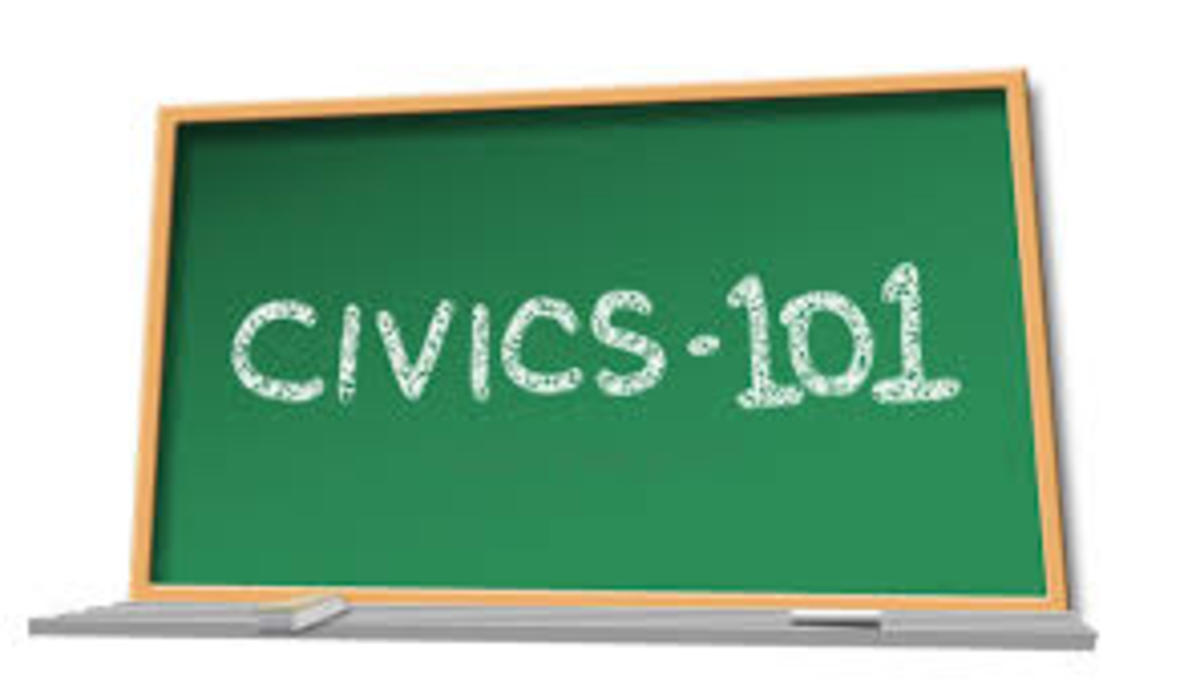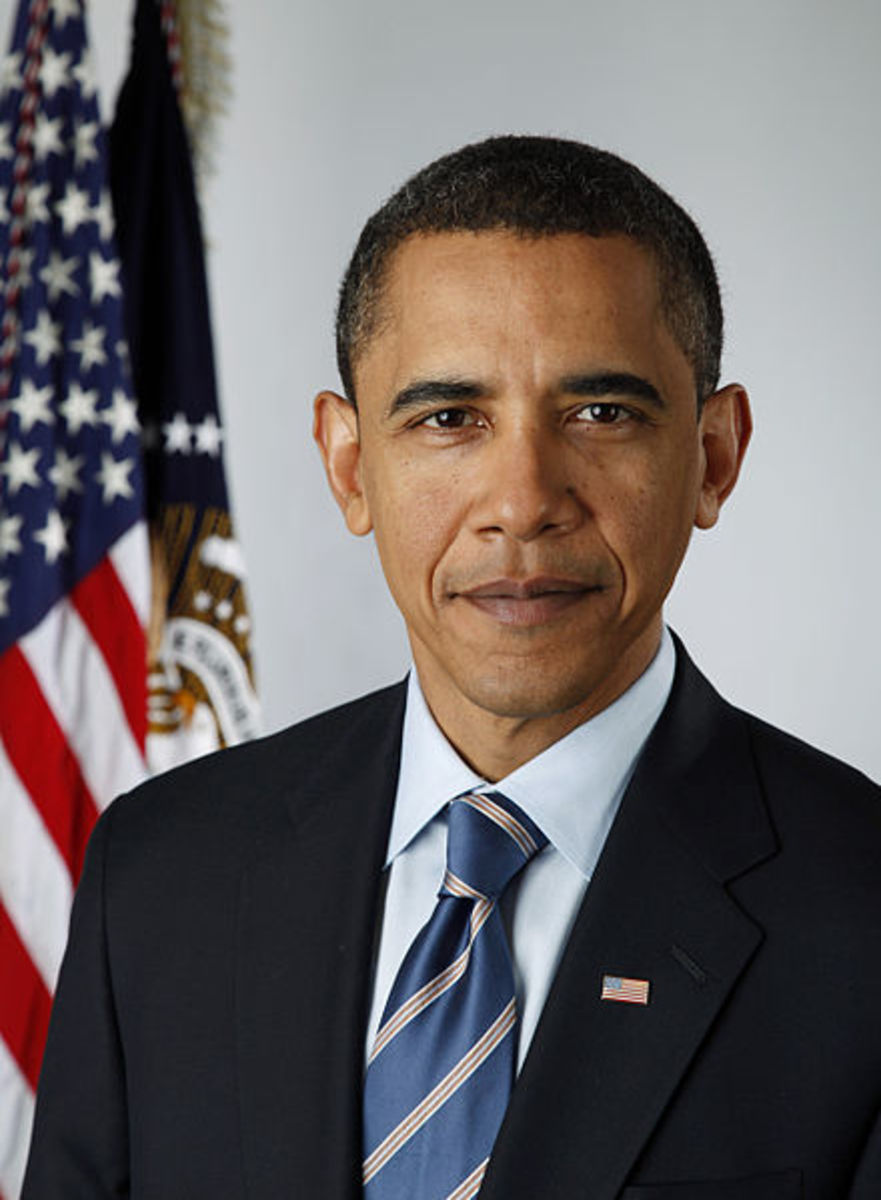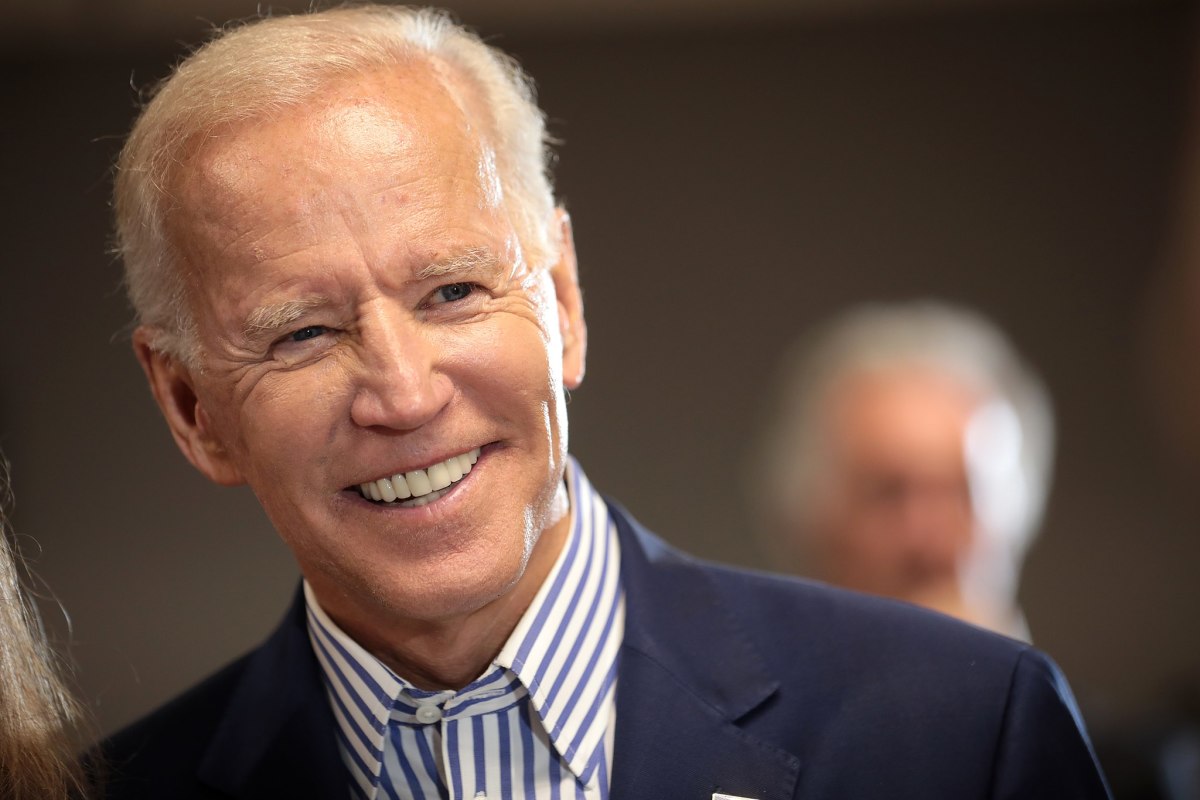Choosing An American President: The Process and Procedure
Every four years we Americans come together for one important reason. To complain about how we elect out next Commander in Chief. Heck, even those who are running complain about our processes. We complain about how we should vote, whether it be paper ballot or electronic balloting. We complain about whether voters should present valid identification cards prior to voting. We even complain about whether convicted felons should have the right to vote. However, no argument has stood the test of time as the argument over direct versus indirect elections. Since the very first Presidential Election, we have used an “indirect” process of electing our commander in chief. This is because America’s founding fathers did not trust the average citizen, let alone the average person, to vote. At this time slaves, women, minorities, and many non-land owning white men were denied the right to vote. Those who could vote actually voted for "Electors" (Delegates), and it was the "Electors" who then subsequently voted for the President and Vice-President.
Voting History: On June 21, 1788, the ratification of the United States Constitution became official. This happened when New Hampshire became the ninth state from the original thirteen colonies to agree to the ratification process. It was imperative that nine out of the thirteen colonies ratify the document as prior to the Constitution America was governed under the Articles of Confederation. Per the terms of the Articles of Confederation, two-thirds of states had to approve the Constitution for it to become official. Some may ask why the foray into the history of the Constitution. The history behind the Constitution is important because it is the history which helped determine why the founding fathers choose the method of indirect voting instead of a direct method of voting for our President. It is also important to know why the founding fathers choose to give the states the power to choose electors and to make voting eligibility rules, instead of guaranteeing voting rights within the Constitution itself.

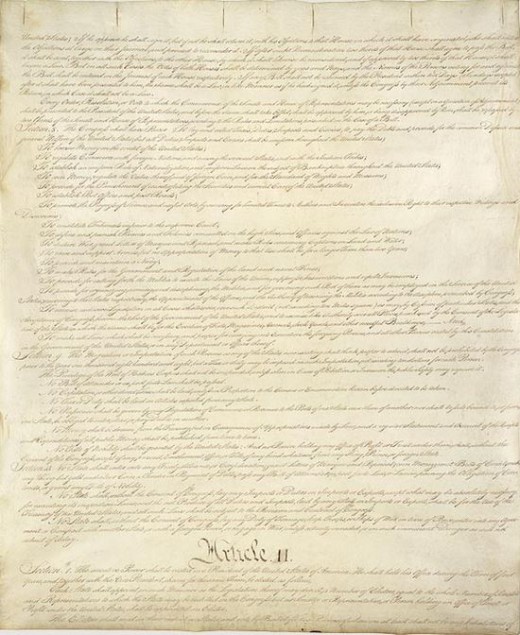
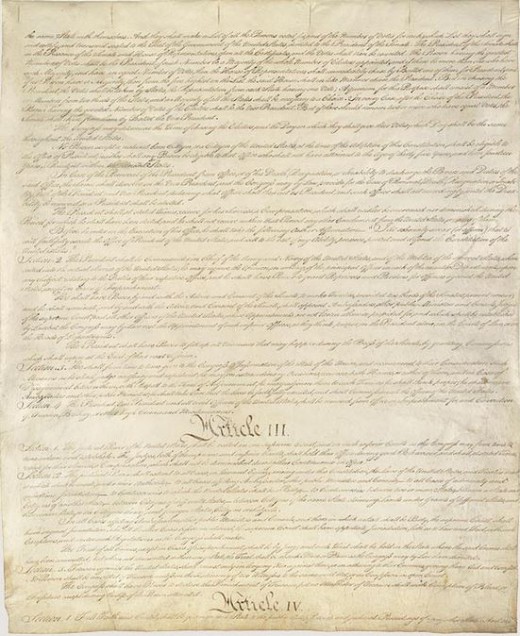
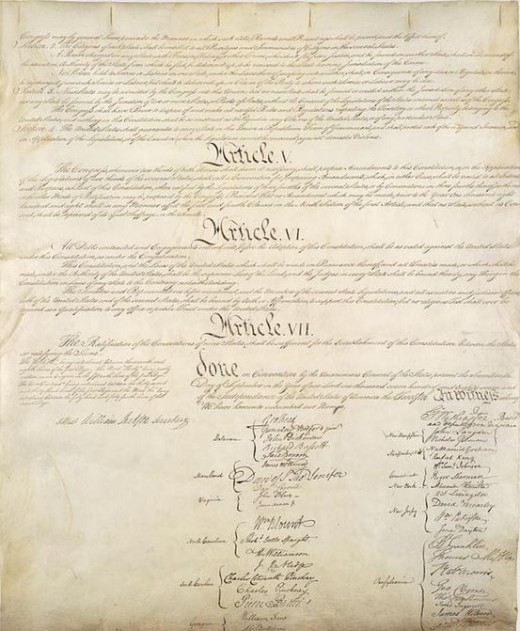
First Continental Congress: The First Continental Congress met from September 5th 1774 to October 26th 1774. The Continental Congress was formed in response to a series of measures levied upon the colonies by the British government. The measures imposed on the colonies were called the Restraining Acts (also known as the Coercive Acts or Intolerable Act). These acts were levied in response to colonists’ resistance to new taxes imposed by the British Crown over their colonies. Originally, theFirst Continental Congress was formed with the purpose of trying to deal with these measures. The First Continental congress tried several options including boycotting English trade, as well as petitioning King George III for a redressing of colonial rights and grievances. The colonists were upset that they did not have representation within British Parliament, and yet were subject to the rules handed down by Parliament. The colonists believed that direct representation or "actual representation" was needed and that they should have a right to directly elect members of parliament to represent their interests, especially if Parliament was going to create laws and taxes which affected the lives of the colonists. The motto "No taxation, without representation" echoed throughout the colonies and became a battle cry for "actual representation" instead of the "virtual representation" model championed by British Parliament. Virtual Representation is the belief that British Parliament represented all people (colonies as well as England) and therefore the colonies did not require representatives of their own. The First Continental Congress tried in vain to seek an audience and have their grievances addressed. When England failed to address the colonial grievances a Second Continental Congress was called.
Second Continental Congress: The Second Continental Congress met on May 10th 1775. This congress would eventually act as the 1st government of America. Once the American Revolution began this congress would essentially manage the war efforts and help move the country toward independence from England. Additionally, this Congress would adopt the Declaration of Independence on July 4th, 1776, and later draft the Articles of Confederation. The Articles of Confederation was the original constitution of the United States of America. An approved version of the Articles of Confederation was sent to the states for ratification in 1777. However, formal ratification, which required unanimous consent of all thirteen colonies at the time, was completed in 1781. Prior to formal ratification of the Articles of Confederation the second Continental Congress acted as a de facto government of the colonies. The government, which was set up under the Articles of Confederation, would prove to be a weak and ineffectual government. This would lead to eventual discussions on changing the government framework. However, the Articles of Confederation did allow the founding fathers to see what could work and what could not work in government. A couple of the major failings of the Article of Confederation was (1) the need for unanimity (or agreement by all) in order to change provisions within the document; and (2) relying on the states to take responsibility for paying for their stated fair portion of expenditures of the United States. This would later lead to the federal government needing to have its own "taxing" authority" to run the country.
***While the second point is not necessary for this article on voting rights. I like to include it because of a lot of recent debate in trying to remove the federal government's so called burdening taxation. A lot of people quickly forget that there was a time when the federal government did not have this power, and when they did not have this power the country was a complete mess.
Founding Fathers Initial Ideas on Voting: When the founding fathers were drafting the Constitution, debate as to which citizens could vote in presidential elections and how the elections would take place ensued. The country had recently won a war against England in part because they wanted “actual representation” in government. This would seem to lend credence toward having a “direct” voting system and guaranteeing the right to vote in the Constitution itself. However, neither of these two things came about. Instead, the founding fathers thought an indirect method of voting should exist. Additionally, the founding fathers decided not to guarantee the right to vote in the Constitution. Instead, the states acquired the power to decide which citizens would have the right to vote per Article II of the Constitution.
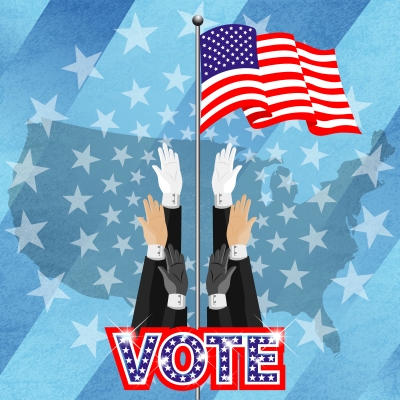
Indirect Method of Voting: Below is a brief snippet from the Federalist Papers discussing why the founding fathers did not trust the masses to choose a President via a direct election written by Alexander Hamilton.
“It was equally desirable, that the immediate election should be made by men most capable of analyzing the qualities adapted to the station, and acting under circumstances favorable to deliberation, and to a judicious combination of all the reasons and inducements which were proper to govern their choice. A small number of persons, selected by their fellow-citizens from the general mass, will be most likely to possess the information and discernment requisite to such complicated investigations. It was also peculiarly desirable to afford as little opportunity as possible to tumult and disorder. This evil was not least to be dreaded in the election of a magistrate, who was to have so important an agency in the administration of the government as the President of the United States. But the precautions which have been so happily concerted in the system under consideration, promise an effectual security against this mischief.” (Per Federalist Papers 68)
Because the founding fathers did not trust the average citizen to make sound decisions in electing their leaders (namely the president and vice-president), they settled on an indirect method of voting by use of electors. The electors would be chosen under the rules set forth by the state's legislative body. However, the citizens eligible to vote could then choose from the electors.
States Voting Powers: Article II of the Constitution gave the states the power to appoint the Electors who would then vote for the President and Vice-President of the United States. This is very important, because states not only get to choose “who” can vote in Presidential elections, but also how those votes are used to determine electors. This move may seem very counter-intuitive to the arguments poised by the founding fathers during the First Continental Congress. During the First Continental Congress, the leaders of the colonies fought hard to seek redress of several issues including “actual representation” in English Parliament by a representative of their choosing. However, in looking more carefully into the history is appears that the founding fathers never meant for the average citizen to be too large a part of the government. The government of the people was always meant to be run be a select few. Several states, who enacted state level constitutions after the Federal Constitution was enacted, had provisions that disenfranchised women, minorities, non-landed men, etc on the face of their state Constitutions or other laws. Those who did not have written proclamations denying the right to vote did so via other means. A century later states would ramp up their efforts to disenfranchise free slaves and poor white from voting via the Jim Crow laws.
Congressional District Method vs. Winner Take All Method: As stated in the earlier paragraph the states have great discretion in election matters. Another of the more controversial matters is the concept of how delegates are selected today. Most states have a "winner take all" method for determining the delegates who are selected. What this means is that so long as that party receives the most votes during the presidential election within that state, whether by 1 vote or millions of votes, that party's wins all of the state's delegates (or more aptly put, their delegates will represent the state when voting for the president.)
In a "congressional district method" style of voting, of which only Maine and Nebraska follow, a delegate is chosen per voting district within the state. If your party wins the district then that district will be represented by a delegate from your political party.
Presidential Election: In order for a candidate to win the Presidential Election they must win a majority of the delegate votes. Each state is entitled to a number of delegates (electors) equal to the number of representatives in the House of Representatives plus the number of Senators for the state. In addition, Washington D.C. also gets 3 delegates. Currently, there are 435 representatives for the 50 states and 100 senators (2 per state). This results in 538 delegates in total eligible to vote for the President and Vice-President. In order to win an election the candidate must win a majority of the delegate vote, which results in 270 delegate votes needed to win an election. If a candidate is unable to get a majority of the delegate vote then the House of Representatives get to determine the president. The way the House determines the presidential elections is that they vote by state with each state getting one vote. So for instance, if you look at the chart below you will see that Alabama has 7 total representative. These representatives will determine how Alabama's “1” total vote for the president will occur. As such, as small state like Delaware with only one representative in the House of Representatives will have the same voting power as California which has 53. This in theory could result in some interesting voting situations. For example, suppose that of the 435 representatives in the House that 250 of the were Democrats and 185 were Republicans. One would think this automatically means the Democratic candidate would win a House vote for President. However, it is possible under the rules for selection of a president that the Republican party would be in control of the voting. This could happen if the Republican representative were spread out where they control 26 states, while the Democrats are consolidated in 24 or less states.
Number of House of Representatives by State
State
| House of Rep (Democrats)
| House of Rep (Republicans)
| Total Representatives
|
|---|---|---|---|
Alabama
| 1
| 6
| 7
|
Alaska
| 0
| 1
| 1
|
Arizona
| 4
| 5
| 9
|
Arkansas
| 0
| 4
| 4
|
California
| 39
| 14
| 53
|
Colorado
| 3
| 4
| 7
|
Connecticut
| 5
| 0
| 5
|
Delaware
| 1
| 0
| 1
|
Florida
| 10
| 17
| 27
|
Georgia
| 4
| 10
| 14
|
Hawai'i
| 2
| 0
| 2
|
Idaho
| 0
| 2
| 2
|
Illinois
| 10
| 8
| 18
|
Indiana
| 2
| 7
| 9
|
Iowa
| 1
| 3
| 4
|
Kansas
| 0
| 4
| 4
|
Kentucky
| 1
| 5
| 6
|
Louisiana
| 1
| 5
| 6
|
Maine
| 1
| 1
| 2
|
Maryland
| 7
| 1
| 8
|
Massachusetts
| 9
| 0
| 9
|
Michigan
| 5
| 9
| 14
|
Minnesota
| 5
| 3
| 8
|
Mississippi
| 1
| 3
| 4
|
Missouri
| 2
| 6
| 8
|
Montana
| 0
| 1
| 1
|
Nebraska
| 1
| 2
| 3
|
Nevada
| 1
| 3
| 4
|
New Hampshire
| 1
| 1
| 2
|
New Jersey
| 6
| 6
| 12
|
New Mexico
| 1
| 2
| 3
|
New York
| 18
| 9
| 27
|
North Carolina
| 3
| 10
| 13
|
North Dakota
| 0
| 1
| 1
|
Ohio
| 4
| 12
| 16
|
Oklahoma
| 0
| 5
| 5
|
Oregon
| 1
| 4
| 5
|
Pennsylvania
| 5
| 13
| 18
|
Rhode Island
| 2
| 0
| 2
|
South Carolina
| 1
| 6
| 7
|
South Dakota
| 0
| 1
| 1
|
Tennessee
| 2
| 7
| 9
|
Texas
| 11
| 25
| 36
|
Utah
| 0
| 4
| 4
|
Vermont
| 1
| 0
| 1
|
Virgina
| 3
| 8
| 11
|
Washington
| 6
| 4
| 10
|
West Virginia
| 0
| 3
| 3
|
Wisconsin
| 3
| 5
| 8
|
Wyoming
| 0
| 1
| 1
|
Year End Totals
| 184
| 251
| 435
|
Information in the above table taken from the U.S. House of Representatives Directory of Representatives (see link) Information as of 6.21.2016
To learn read more about government and politics, click the articles below:
More about Politics and Government:
- Democratic Superdelegates: Should Democrats make use of the Superdelegates during the Democratic Presidential Nomination Process?
- Should everyone, including Felons have the right to vote guaranteed?: A look into why the "right" to vote is not guaranteed to anyone.
- How a Law is Made: A look into the process and procedures of turning a bill into a law.
How many of you voted in every presidential election that you were eligible to vote in?
© 2016 James


